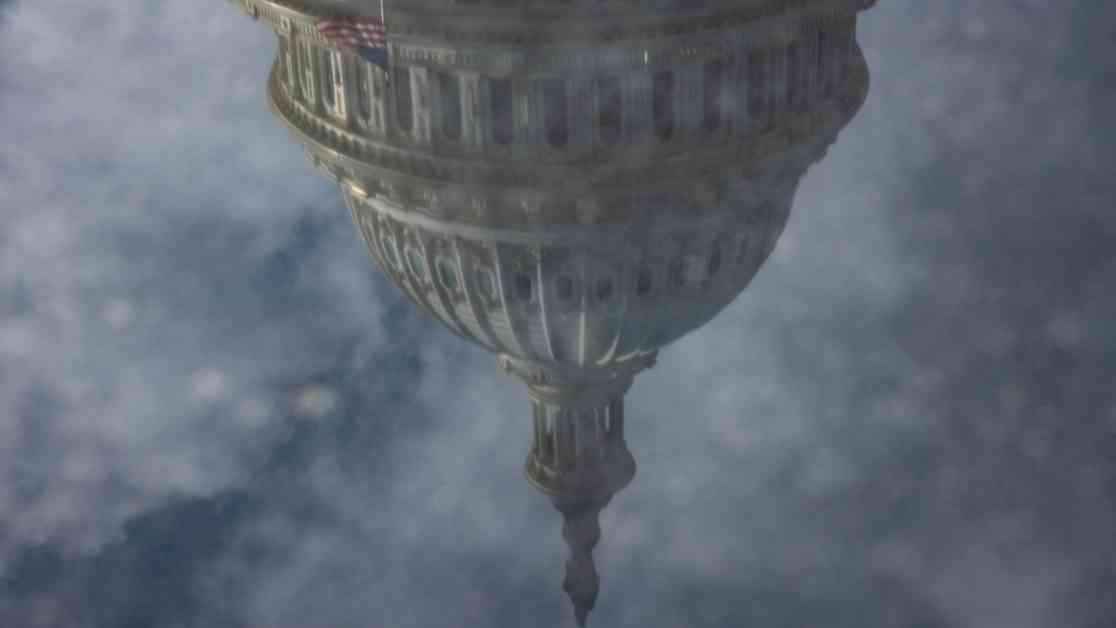Government Spending Crisis: A Looming Shutdown
The tension and uncertainty surrounding federal government spending have reached a boiling point, with the possibility of another shutdown looming on the horizon. The clash between Republicans and Democrats over budget priorities has intensified, creating a potential crisis that could have far-reaching consequences for the nation. Let’s delve into the key players, issues, and events shaping this unfolding drama.
Stakes and History: A Pattern of Disruption
The history of government shutdowns in the United States is riddled with conflict and disruption, with past instances revealing the high stakes involved. From education funding to immigration reform, the battlegrounds have been diverse, leading to furloughed workers and shuttered services. The recent shutdown from 2018 to 2019, triggered by disagreements over border wall funding, serves as a stark reminder of the impact of political discord on governance.
Current Standoff: Musk’s Challenge and Trump’s Ultimatum
In the current showdown over government spending, the entry of high-profile figures like entrepreneur Elon Musk and President-elect Donald Trump has added a new layer of complexity. Musk’s scathing criticism of Congress for overspending and his warning to lawmakers have intensified the debate, while Trump’s push for addressing the debt ceiling issue has raised the stakes even higher. The clash between House Republicans and Democrats over the latest spending bill, coupled with Trump’s firm stance, has created a deadlock that threatens to culminate in another shutdown.
Implications and Urgency: A Nation on Edge
As the clock ticks towards a potential shutdown, the implications for federal programs, agencies, and the economy at large loom large. The urgency to reach a resolution that averts this crisis is palpable, with the fate of government operations hanging in the balance. The need for bipartisan cooperation and strategic decision-making has never been more critical, as the nation braces itself for the repercussions of a possible shutdown.
In conclusion, the unfolding drama over government spending underscores the fragility of political consensus and the challenges of governance in a divided landscape. As key players maneuver and negotiate, the fate of federal funding and the functioning of essential services hang in the balance. Will a resolution be reached in time to prevent another shutdown, or are we on the brink of a new chapter of political turmoil? The answers lie in the hands of those tasked with steering the ship of state through these turbulent waters.


